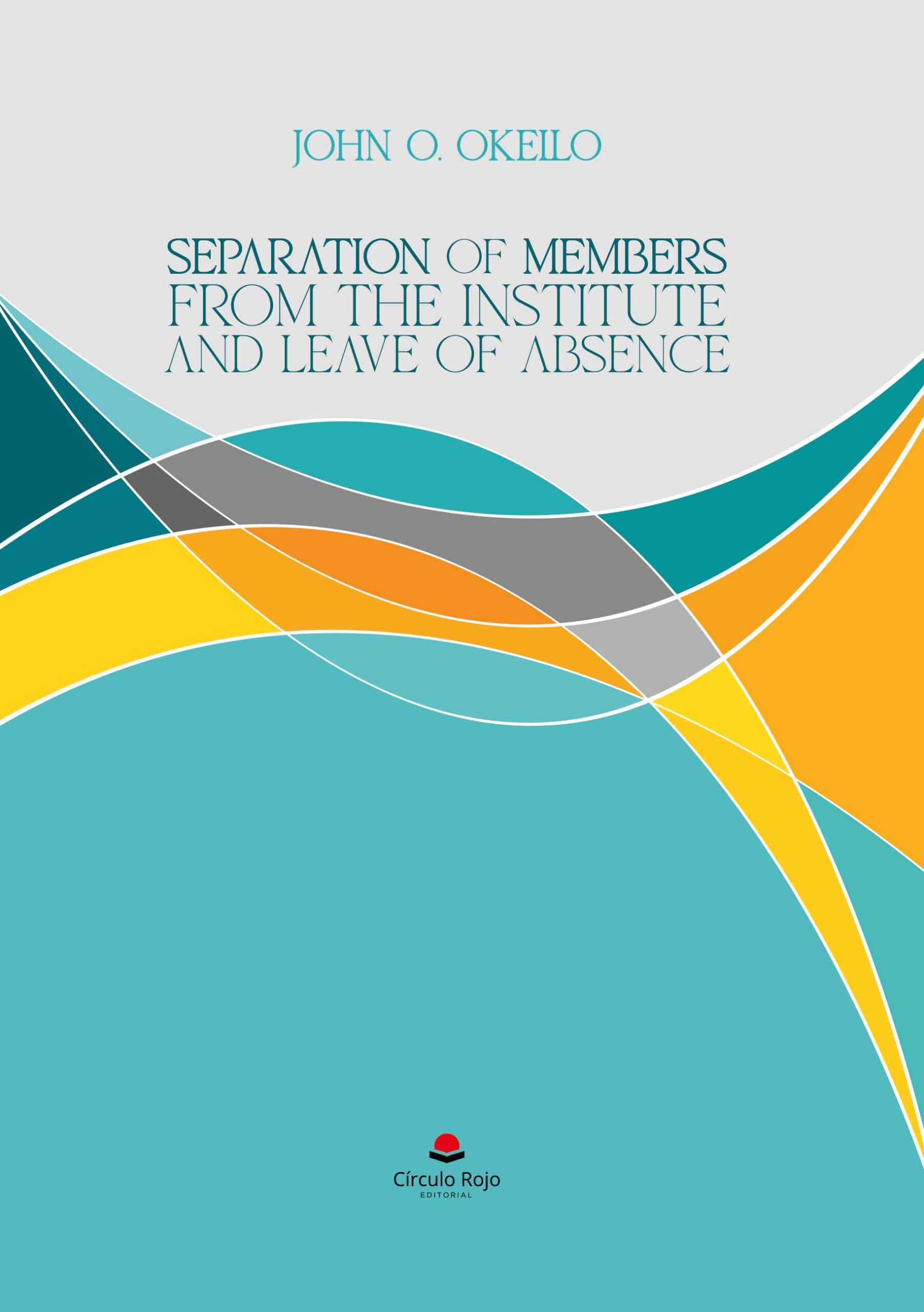The consecrated life is a gift of the Holy Spirit to the Church which belongs to her life and holiness. It has been part of the Church from the very early times. It has to be carefully embraced and highly valued and appreciated as through it the faithful purposes to follow Christ more closely and are totally dedicated to God. It is equally a stable form of living, through which individuals seek the salvation of their souls in a more stable manner. However, that way of life is embraced by human beings who are fragile and vulnerable. These can sometimes fail in making a fully clear discernment of their consecration and fail to live up to their commitment or promise. In order to work and foster the salus animarum of these people of God, the Mother Church, through the Code of Canon Law, has made provisions to liberate the faithful from the consecrated life which may have become at a certain time partly or even totally unbearable within some given environment.
This book explores, in a professional and highly technical manner, detailed dimensions of the various mechanisms available to the faithful engaged in the life consecrated in order to relieve themselves from a form of life which may have become partly or temporarily or totally unbearable. It presents the distinctive features of the religious life, which can help the reader to understand and appreciate what the religious life is. Then delves into bringing to light the notion of the leave of absence in its various dimensions, spelling out clearly that it is not part of the different types of separation. The work next takes the reader through the various forms of separation from the institute, specifically exclaustration, transfer to another institute, departure and dismissal. With regard to those issues, the book considerably assists the reader to understand what they are, how they developed in history and in terms of legislation, how to proceed correctly when applying them and what their juridical effects are. However, separation from the institute is never an aim or a goal pursued by any canonical legislations or any leadership authority within an institute, instead it is a wound in the religious discipline, permissible only if through such separation an individual is able to pursue and achieve this greater goal of salvation of soul in a different form of life other than consecrated life.



